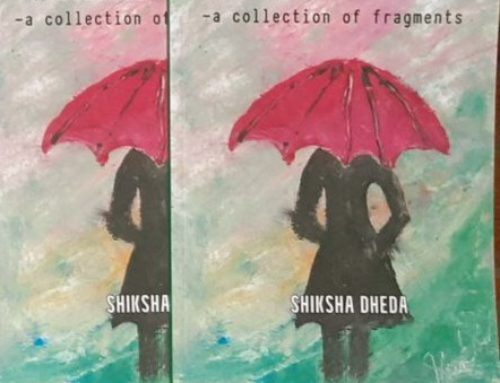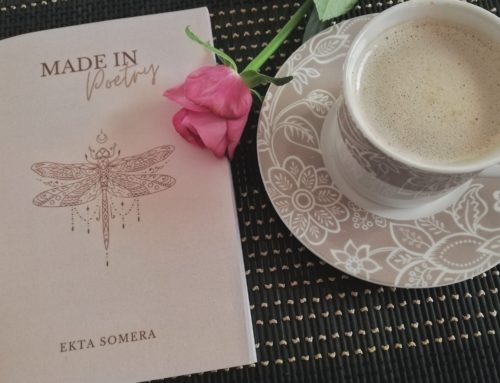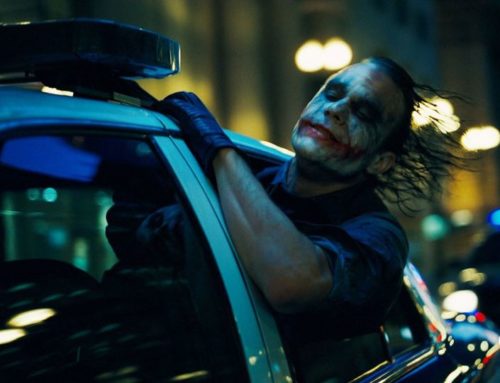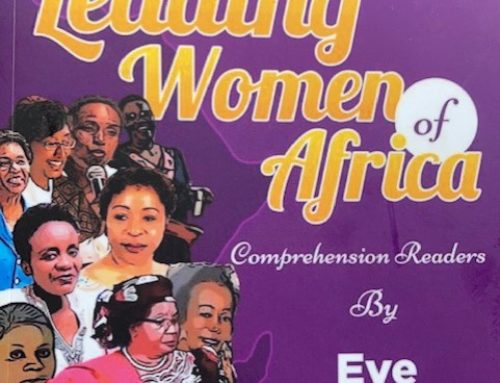Just before tbV and i left Americaland last year August, i started reading ‘The New Jim Crow: Mass Incarceration in the age of Colorblindness’ by Michelle Alexander, a tough but brilliant read focusing on the system of mass incarceration of black people in Americaland. Then we had to leave and i had to give the book back having only read two or three chapters.
But now we’re back in Americaland and i saw it lying on the table at my friend Nate’s place and so i have it again and have been giving it a serious push. This really is a book every American should read [and South Africans too, different story but similar perspective] and this passage i feel gives a hugely eye-opening transformative reveal that may challenge the very fabric of how you always assumed things to be.
From the chapter titled ‘The Colour of Justice’, page 98-100, bold mine just to draw your attention to those particular lines:
‘This is the War on Drugs. The brutal stories described above are not isolated incidents, nor are the racial identities of Erma Faye Stewart and Clifford Runoalds random or accidental. In every state across our nation, African Americans – particularly in the poorest neighbourhoods – are subjected to tactics and practices that would result in public outrage and scandal if committed in middle-class white neighbourhoods. In the drug war, the enemy is racially defined. The law enforcement methods described in chapter 2 have been employed almost exclusively in poor communities of colour, resulting in jaw-dropping numbers of African Americans and Latinos filling our nation’s prisons and jails every year. We are told by drug warriors that the enemy in this war is a thing – drugs – not a group of people, but the facts prove otherwise.
Human Rights Watch reported in 2000 that, in seven states, African Americans constitute 80 to 90 percent of all drug offenders sent to prison. In at least fifteen states, blacks are admitted to prison on drug charges at a rate from twenty to fifty-seven times greater than that of white men. In fact, nationwide, the rate of incarceration for African American drug offenders dwarfs the rate of whites. When the War on Drugs gained full steam in the mid-1980s, prison admissions for African Americans skyrocketed, nearly quadrupling in three years, and then increasing steadily until it reached in 2000 a level more than twenty-six times the level in 1983. The number of 2000 drug admissions for Latinos was twenty-two times the number of 1983 admissions. Whites have been admitted to prison for drug offences at increased rates as well – the number of whites admitted for drug offences in 2000 was eight times the number admitted in 1983 – but their relative numbers are small compared to blacks and Latinos. Although the majority of illegal drug users and dealers nationwide are white, three fourths of all people imprisoned for drug offences have been black or Latino. In recent years, rates of black imprisonment for drug offenders have dipped somewhat – declining approximately 25 percent from their zenith in the mid-1990s – but it remains the case that African Americans are incarcerated at grossly disproportionate races throughout the United States.
There is, of course, an official explanation for all of this: crime rates. This explanation has tremendous appeal – before you know the facts – for it is consistent with, and reinforces, dominant racial narratives about crime and criminality dating back to slavery. The truth, however, is that rates and patterns of drug crime do not explain the glaring racial disparities in our criminal justice system. People of all races use and sell illegal drugs at remarkably similar rates. If these are significant differences in the surveys to be found, they frequently suggest that whites, particularly white youth, are more likely to engage in illegal drug dealing than people of colour. One study, for example, published in 2000 by the National Institute on Drug Abuse reported that white students use cocaine at seven times the rate of black students, use crack cocaine at eight times the rate of black students, and use heroin at seven times the rate of black students. That same survey revealed that nearly identical percentages of white and black high school seniors use marijuana. The National Household Survey on Drug Abuse reported in 2000 that white youth aged 12-17 are more than a third likely to have sold illegal drugs than African American youth. Thus the very same year Human Rights Watch was reporting that African Americans were being arrested and imprisoned at unprecedented rates, government data revealed that blacks were no more likely to be guilty of drug crimes than whites and that white youth were actually the most likely of any racial or ethnic group to be guilty of illegal drug possession and sales. Any notion that drug use among blacks is more severe or dangerous is belied by the data; white youth have about three times the number of drug-related emergency room visits as their African American counterparts.
The notion that whites comprise the vast majority of drug users and dealers – and may well be more likely than other racial groups to commit drug crimes – may seem implausible to some, given the media imagery we are fed on a daily basis and the racial composition of our prisons and jail. Upon refection, however, the prevalence of white drug crime – including drug dealing – should not be surprising. After all, where do whites get their illegal drugs? Do they all drive to the ghetto to purchase them from somebody standing on a street corner? No. Studies consistently indicate that drug markets, like American society generally, reflect our nation’s racial and socioeconomic boundaries. Whites tend to sell to whites; blacks to blacks. University students tend to sell to each other. Rural whites, for their part, don’t make a special trip to the ‘hood to purchase marijuana. They buy it from somebody down the road. White high school students typically buy drugs from white classmates, friends, or older relatives. Even Barry McCaffrey, former director of the White House Office of National Drug Control Policy, once remarked, if your child bought drugs, “it was from a student of their own race generally.” The notion that most illegal drug use and sales happens in the ghetto is pure fiction. Drug trafficking occurs there, but it occurs everywhere else in America as well. Nevertheless black men have been admitted to state prison on drug charges at a rate that is more than thirteen times higher than white men. The racial bias inherent in the drug war is a major reason that 1 in every 14 black men was behind bars in 2006, compared with 1 in 106 white men. For young black men, the statistics are even worse. One in 9 black men between the ages of twenty and thirty-five was behind bars in 2006, and far more were under some form of penal control – such as probation or parole. These gross racial disparities simply cannot be explained by rates of illegal drug activity among African Americans.’
And it continues. People who know me well know i am not a big fan of statistics, but these seem too overwhelming to ignore. If it is true that white people and black people are committing the crimes of drug use at equal rates [leaning to more by white people] then the level of incarceration of black people for drug usage is absolutely ridiculous and smells deeply of something far more sinister and engineered. You will have to get hold of the book to see the progression of the argument but it takes it all the way from policing to court structures to state and international law and the way it is carried out. Something is seriously skewed in Americaland. And it is skewed against black people and Latinos. And one of the biggest problems is the face value nature of the situation which looks at the number of black people in prison and makes the conclusion that black people must be committing the majority of the crimes and all the assumptions that accompany that.
We have to dig deeper and start to understand the greater story a lot better. This echoes deeply into many issues back home in South Africa. Specifically when it comes to black people and jobs, and then related crime and incarceration there as well. When the playing field and the starting cards you are dealt are not even, and the system is skewed against you, then only the very smallest percentage of people will be able to overcome those odds and obstacles and be able to ‘beat the system’. But the resounding narrative will tend to focus on all the majority of those who did not make it and so the stereotypes and conclusions will be drawn from looking at their life situations.
[To read some Steve Biko and his focus on Black Consciousness, click here]
[For some Robert Sobuke and his look at how man can die better, click here]






[…] The New Jim Crow – Michelle Alexander […]